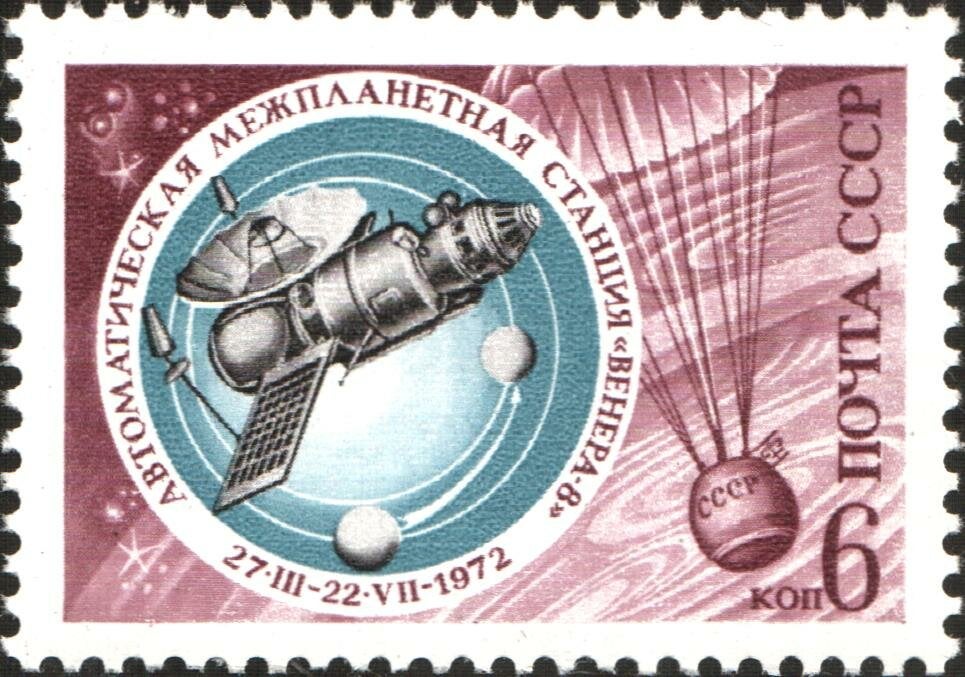Failed Soviet satellite hurtling towards Earth may hit like a meteorite, tracker warns
Space probe was designed for Venus landing but never made it out of Earth orbit
A half-tonne Soviet space probe designed to endure landing on Venus will tumble back to the Earth in two weeks and may “crash down hard” like a meteorite, a tracker has warned.
The spacecraft, launched in 1972, never made it past the Earth’s orbit and its remains have circled the planet for over five decades.
The probe will start falling back to the Earth in a fiery descent around 10 May.
“In about 2 weeks from now, an unusual uncontrolled reentry will happen: a 53-year-old landing capsule from a failed Soviet Venera mission stuck in Earth orbit,” Dutch satellite tracker Marco Langbroek said in a blog post.

There is a small chance the space probe will burn up on reentry, but this seems unlikely as it was built to survive landing on Venus.
“As this is a lander that was designed to survive passage through the Venus atmosphere, it is possible it will survive reentry through the Earth atmosphere intact, and impact intact,” Dr Langbroek, a space situational awareness lecturer at the Delft University of Technology, said.
While the spacecraft is equipped with a parachute, it may not be in working order.
“If it survives reentry, it will come down hard,” Dr Langbroek told Popular Science.
The probe, about a metre across and weighing just under 500kg, could reenter the atmosphere and hit the Earth at a speed of about 250kmph, posing risks similar to a meteorite impact, Dr Langbroek said.
“The risks involved are not particularly high, but not zero,” the lecturer, who tracks spy satellites, meteorites, and asteroids, said.
When and where the tumbling probe may crash down remains unclear.
“With an orbital inclination of 51.7 degrees, the reentry can occur anywhere between latitude 52 N and 52 S,” Dr Langbroek said.
This could be anywhere from as far north as the UK and as far south as New Zealand.
“And from our current modelling the reentry should happen near 10 May, give or take a few days,” the space object tracker said. “Over the past few months, the model consistently points to reentry within a few days of 9-10 May 2025.”
Trackers continue to observe the space probe to gather more data and pinpoint when and where it might crash.
“The uncertainty in the reentry date will decrease once we get closer to the actual reentry, but even on the day uncertainties will remain large,” Dr Langbroek said.
Join our commenting forum
Join thought-provoking conversations, follow other Independent readers and see their replies
Comments